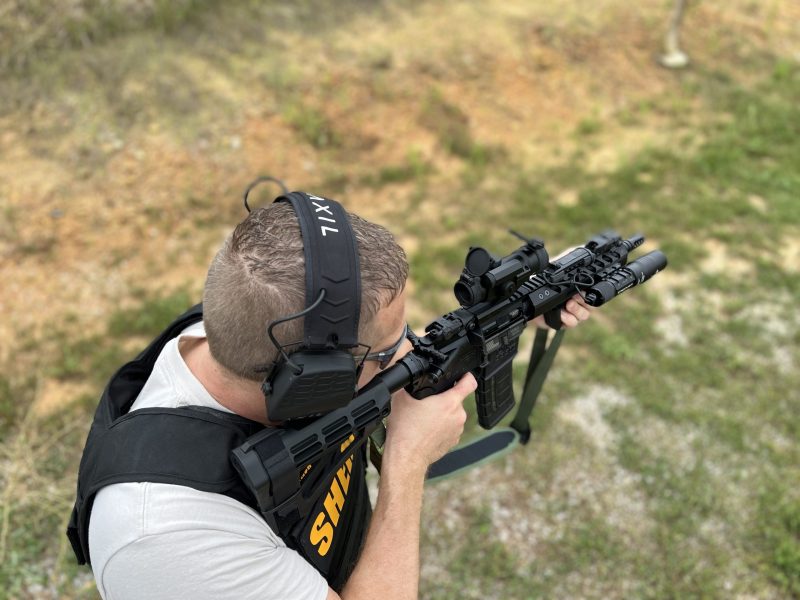
The art of shooting and marksmanship has evolved significantly over the years, with firearm technology and accessories playing a vital role in enhancing accuracy and target acquisition. Among these accessories, firearm attachments have emerged as crucial tools that aid shooters in achieving optimal aiming and precision when engaging targets. Whether it’s for personal defense, competitive shooting, or tactical operations, understanding the importance of firearm attachments is essential for every responsible gun owner and professional.
- Optics and Scopes
One of the most fundamental firearm attachments for aiming and target acquisition is optics or scopes. These devices provide shooters with a magnified view of their target, allowing for precise engagement at various distances. Scopes come in different magnification levels, reticle styles, and lens coatings, catering to specific shooting applications.
Red dot sights, holographic sights, and reflex sights are also popular optical attachments that enable rapid target acquisition and improved accuracy in close-quarters and dynamic shooting scenarios. They offer a parallax-free aiming point, eliminating the need to align the shooter’s eye perfectly with the sight’s center, resulting in faster and more intuitive shooting. Now you can buy holographic sights and other optics online from Palmetto State Armory at the best prices.
- Laser Sights
Laser sights are another critical attachment that enhances aiming and target acquisition. These compact devices project a laser beam onto the target, providing an additional aiming reference point. Laser sights are particularly useful in low-light conditions or when shooters must engage threats from unconventional shooting positions.
Additionally, the presence of a laser on a firearm can serve as a powerful deterrent, potentially discouraging potential threats from escalating a situation. Laser sights are commonly used by law enforcement, military personnel, and concealed carry permit holders.
- Flashlights
In low-light or dark environments, identifying and acquiring targets can be extremely challenging. This is where firearm-mounted flashlights come into play. A flashlight attachment not only illuminates the target but also provides better situational awareness for the shooter.
By combining a flashlight with other firearm attachments like optics or laser sights, shooters can effectively engage targets with increased accuracy while maintaining awareness of their surroundings. This combination is particularly valuable in home defense scenarios and law enforcement operations.
- Foregrips
Firearm foregrips, also known as vertical grips, are attachments designed to be mounted on the underside of the firearm’s handguard or forend. These accessories enhance stability and control during shooting, resulting in improved accuracy and target acquisition.
By providing a forward point of contact for the non-firing hand, foregrips help reduce muzzle rise and recoil, allowing shooters to maintain a consistent point of aim. This stability is especially beneficial during rapid-fire sequences and sustained engagements.
- Bipods
For shooters who engage targets from a stationary position or over long distances, bipods are indispensable attachments. These adjustable stands attach to the firearm’s forend and provide a stable platform for the gun, reducing shooter fatigue and improving accuracy during extended shooting sessions.
Bipods are commonly used by precision rifle shooters, hunters, and military snipers. They enable shooters to maintain a steady aim and make precise shots with ease, even in challenging environmental conditions.
Conclusion:
Firearm attachments play a crucial role in enhancing aiming and target acquisition, empowering shooters to achieve greater accuracy and effectiveness. Whether it’s optics and scopes for magnified precision, laser sights for rapid target acquisition, flashlights for low-light engagements, foregrips for improved stability, or bipods for long-range shooting, each attachment serves a specific purpose in the shooter’s toolkit.
It is important for firearm owners to understand the capabilities and limitations of these attachments and train regularly to harness their full potential responsibly. When used correctly and ethically, firearm attachments can significantly contribute to safer shooting practices and more successful outcomes in various shooting applications.
